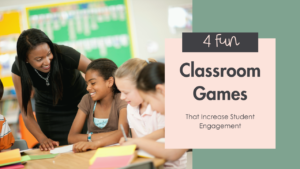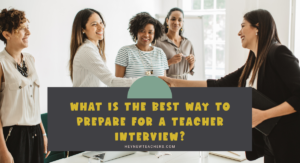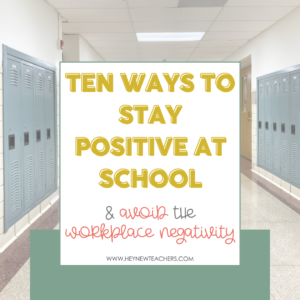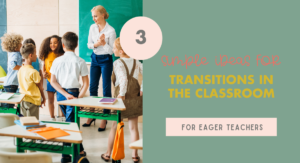Boosting Student Engagement: Research-Backed Strategies That Actually Work
If you’ve ever found yourself standing in front of your class, asking a question, and hearing nothing but crickets (or worse, the same one or two students answering every time), you’re not alone. Getting all students engaged can feel like a battle, but it doesn’t have to be. Let’s talk about what student engagement actually means, why it’s critical for learning, and—most importantly—how you can make sure every student is actively participating in your classroom.
Are you in need of a list of strategies built specifically for your elementary classroom? I’ve created a full guide packed with 20 strategies for student engagement for teachers like you. Drop your name and email below, and I’ll send it to your inbox.

What the Research Says About Student Engagement
Engagement isn’t just about keeping kids busy—it’s about keeping them thinking. John Hattie, in his extensive research on student achievement, found that engagement plays a massive role in learning outcomes. Students who are actively engaged process information more deeply, make stronger connections, and retain information longer.
Another key finding? Passive learning—like listening to a lecture or watching a teacher solve problems—has far less impact than active learning. A study from the National Academy of Sciences found that students in actively engaged classrooms performed 1.5 times better than those in traditional lecture-style settings. That means when students are discussing, writing, solving, or teaching concepts to others, they’re actually learning more than when they’re just sitting and listening.
So, how do we make sure students are engaged? It all comes down to intentional strategies that ensure every student is doing the thinking—not just the one who raises their hand the fastest.
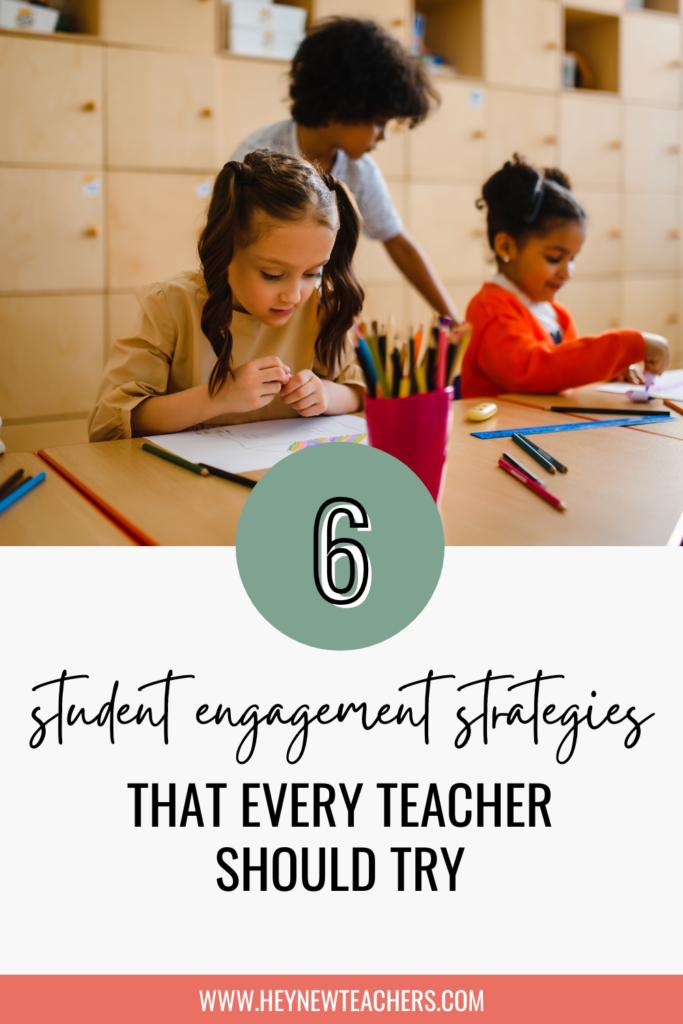
Student Engagement Strategies That Actually Work
Let’s break down some simple, high-impact strategies you can start using immediately to get students thinking, talking, and participating.
1. Think-Pair-Share
This one’s a classic for a reason! Instead of asking a question and calling on one student, try this:
- Think: Ask a question and give all students 30-60 seconds to think about their answer independently.
- Pair: Have students turn to a partner and discuss their responses.
- Share: Bring it back to the whole class by calling on a few pairs to share what they discussed.
Why it works: Every student has a chance to process the question and discuss it with a peer before being put on the spot. This boosts confidence and ensures more voices are heard.
2. Turn and Talk
This is like Think-Pair-Share but even quicker. After posing a question, have students immediately turn to a partner and share their thoughts. You can then call on a few students to summarize what their partner said.
Why it works: It keeps the pace fast and the energy high while ensuring every student engages with the content.
3. Whiteboards for Everyone!
Instead of calling on one student for an answer, have every student write their response on a mini whiteboard. When you say “Show me,” they all hold up their answers at once. You can instantly see who gets it and who needs more support.
Why it works: No one can opt out! Plus, it’s a great formative assessment tool for you.
4. Four Corners
Pose a question with four possible answers and assign each answer to a different corner of the room. Students move to the corner that represents their answer and discuss with others who chose the same option.
Why it works: It gets students up and moving while also encouraging discussion and critical thinking.
5. Everybody Writes
Before discussing a topic, have students jot down their thoughts in a notebook or on a sticky note. This works wonders for engaging quieter students who need time to process before speaking.
Why it works: Writing solidifies thinking and makes it easier for all students to participate in discussions.
6. Call and Response
This is a whole-class engagement strategy where students respond to a prompt in unison. For example, when you say, “Hocus pocus,” they say, “Everybody focus!”
Why it works: It builds classroom culture, maintains energy, and keeps students tuned in.
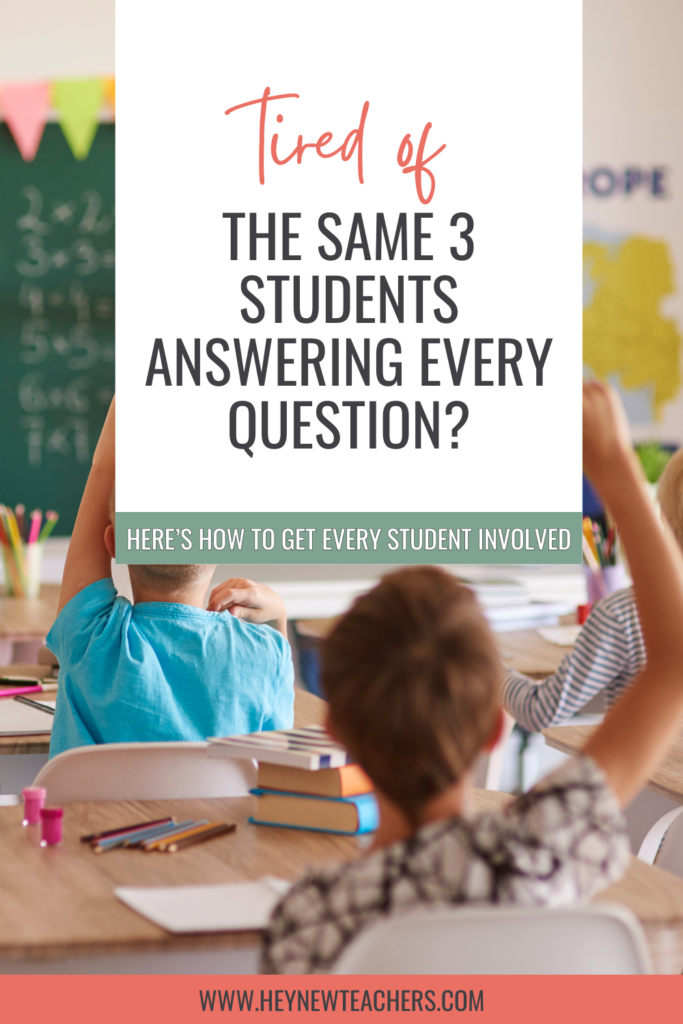
Making Sure Everyone Does the Work
A big challenge in student engagement is making sure that all students—not just the eager ones—are doing the work. Here’s how to make that happen:
1. Randomized Participation
Instead of calling on volunteers, use popsicle sticks with students’ names or a random name generator to pick who answers. This ensures everyone has a turn.
2. No Hands Up (Except for Questions)
When asking a question, let students know you’ll call on someone instead of waiting for raised hands. This encourages all students to stay engaged rather than relying on the few who always participate.
3. Small Group Discussions Before Whole-Class Sharing
When students get time to discuss with a small group first, they’re more likely to participate in the larger discussion. This is a great way to build confidence and engagement.
4. Partner Work Over Whole-Class Q&A
If you frequently ask the class a question and get silence, try posing the question and then saying, “Turn to your partner and discuss for 30 seconds.” This ensures everyone has thought about and answered the question.
5. Movement-Based Responses
Instead of verbal responses, try asking students to show their answers physically—thumbs up/down, stand up if they agree, move to a certain area of the room, etc. This keeps all students engaged and makes learning more interactive.
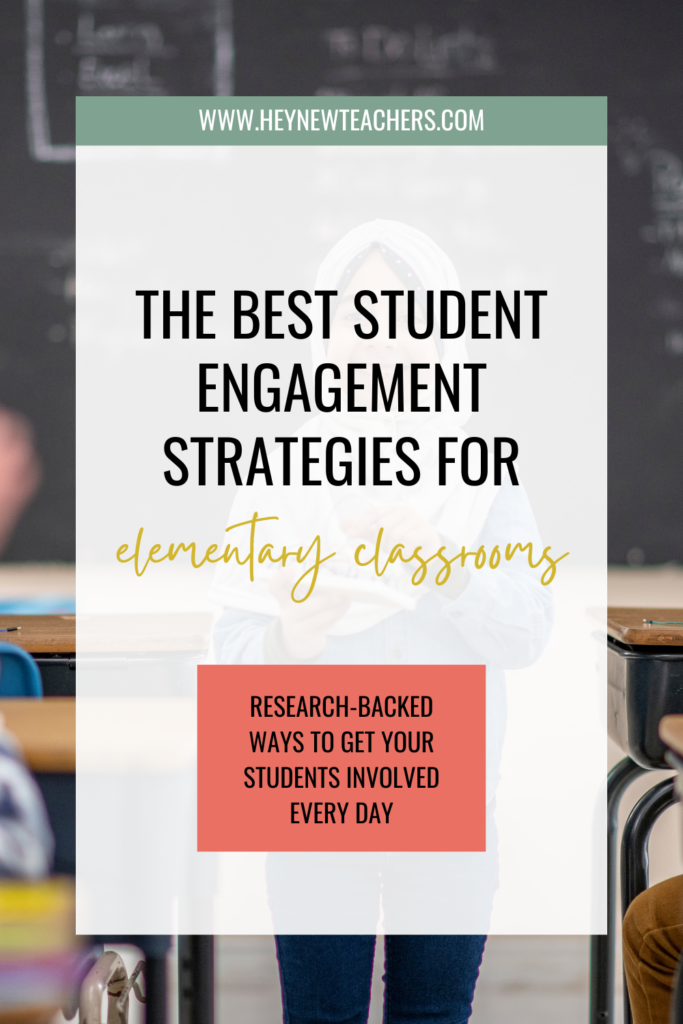
Student Engagement is a Habit
Student engagement isn’t about tricks or gimmicks—it’s about building classroom habits that ensure every student is thinking, processing, and contributing. The more you use these strategies, the more natural they’ll become for you and your students.
If you’re new to some of these ideas, pick one or two to try this week. Observe how your students respond and make small adjustments as needed. Over time, these engagement strategies will transform your classroom from a place where a handful of students do the thinking to a space where every student is actively learning.
Get your FREE Student Engagement Guide below!

